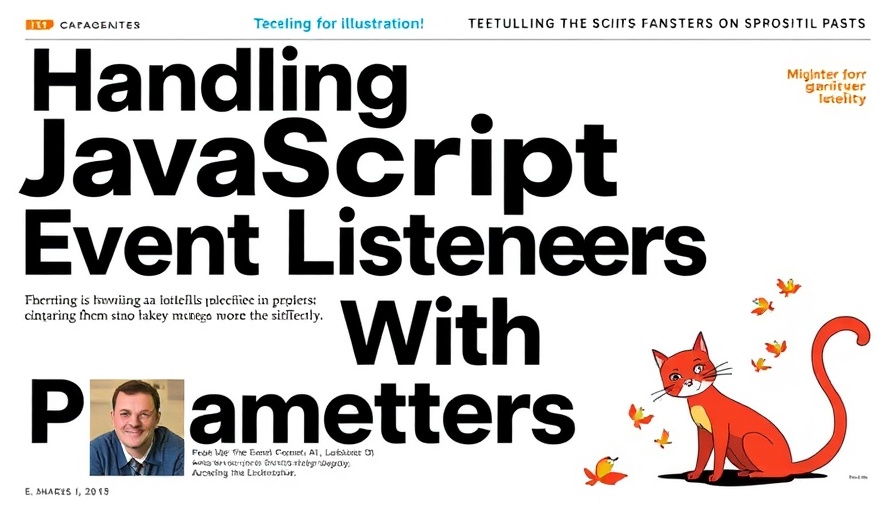
Understanding Web Components in Modern Web Development
In the evolving landscape of web development, Web Components are emerging as a significant player, showcasing how developers can craft reusable user interface elements. While many equate them with frameworks, it is essential to recognize Web Components as a coherent set of Web Platform APIs—among them are Custom Elements, HTML Templates, and Shadow DOM.
At the heart of this discussion is the Shadow DOM, a powerful feature that allows developers to encapsulate styles and markup, preventing them from bleeding into the global scope. This encapsulation not only enhances security but also improves stability and maintainability. As applications grow in complexity and integrate various libraries, understanding how to leverage the Shadow DOM becomes critical.
Why Shadow DOM is Essential
Traditionally, web applications rely on the light DOM, making it common for styles and scripts to clash with one another. Shadow DOM addresses these concerns by isolating individual components. Consider the native HTML elements like <video> and <details>—they utilize Shadow DOM to safeguard their internal structure from external influences. This practice encourages a cleaner architecture, enhancing both development and user experience.
How to Implement Shadow DOM Effectively
Implementing Shadow DOM is straightforward yet powerful. To create a shadow root, developers can employ the attachShadow method available on various HTML elements. By encapsulating styles within a shadow DOM, developers ensure that the styling remains unaffected by global CSS, thereby reducing the risk of stylesheet conflicts. For instance, when constructing a Custom Element, defining its shadow root allows the developer to specify styles that are exclusive to that element, leading to a harmonious user interface.
Trade-offs and Best Practices
However, utilizing Shadow DOM is not without its challenges. While it offers robust isolation, it may also complicate accessibility and debugging. Recognizing the balance of encapsulation versus interoperability is key. Developers should ensure that content within a shadow root is still accessible to search engines and screen readers by adhering to best practices in web accessibility. Furthermore, relying solely on Shadow DOM for all components can lead to unnecessary complexity; thus, discerning when to implement it becomes crucial.
Conclusion: The Future of Web Components
As the demand for modular and maintainable web applications grows, understanding and leveraging Web Components—particularly the Shadow DOM—will become increasingly vital. This encapsulated approach fosters innovation and collaboration, enabling developers to create complex applications more effectively.
 Add Row
Add Row  Add
Add 




Write A Comment